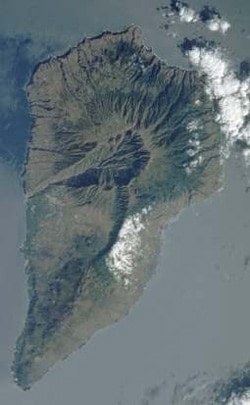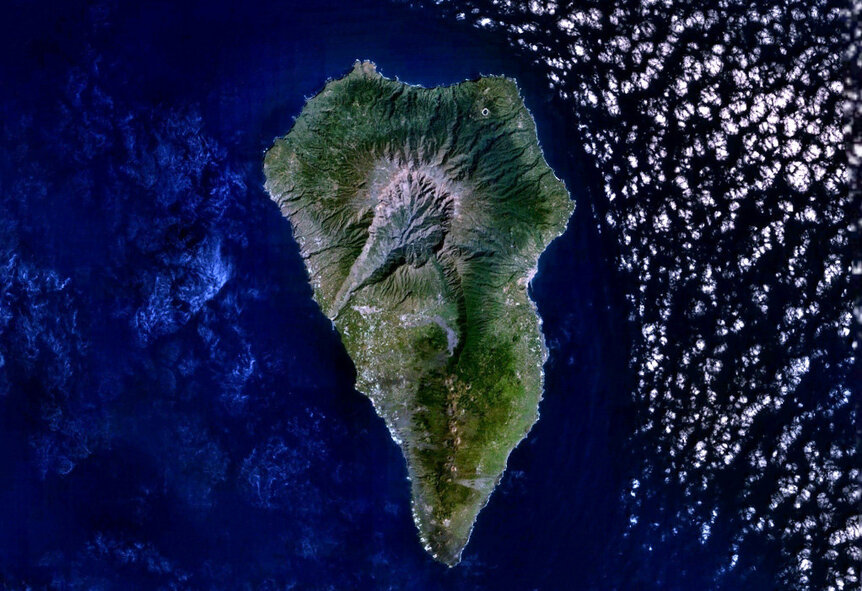Create a free profile to get unlimited access to exclusive videos, sweepstakes, and more!
Look Out Below!

In what shouldn’t come as a surprise, I am fascinated by huge disasters. I loved watching overwrought end-of-the-world movies as a kid (I still do) and literally wrote the book on them.
Some of them are fun to think about because they are so incredibly unlikely you don’t have to worry about them, like getting fried by a gamma-ray burst or gobbled down by a black hole. But others are more real, and when I read about them I get a frisson of fear trickling down the back of my neck.
One of the most terrifying of these is a massive landslide. The idea of millions or billions of tons of rock slipping out and collapsing down, the scale of it, the sound … yikes. They’re pretty rare, but sometimes they get caught on camera. I’ve seen a lot of videos of them, so I was really surprised when I found one recently that I hadn’t seen. Even more surprising was that I hadn’t even heard of it, despite the mind-numbing scale of it. It was videotaped in 1993 so the resolution isn’t the best, but trust me: Watch the whole thing, to the very end. Because holy wow.
The slide occurred in Malaysia at an abandoned open tin mine that was located near Pantai Remis, on the coast of the Malacca Strait. Toward the end you can see the seawater rushing in on what I can only call an apocalyptic scale. When it was all done, a new cove was formed, more than 800 meters across!
I saw this video because it was embedded in an article debunking the idea that a collapse of the Cumbre Vieja volcano on La Palma, one of the Canary Islands, could cause a megatsunami that would wipe out the East Coast of the U.S. I’ve been to La Palma; in 1998 I attended an astronomy conference there. It’s actually where I first became fascinated with giant landslides and megatsunamis; there’s a huge notch cut out of the west side of the volcano, a vast scar from when the caldera collapsed something less than a million years ago. This prompted a lot of speculation that it could collapse again, causing the aforementioned megatsunami … and spawning a lot of breathless documentaries about it. I’ve seen every one of them and wondered if it could be true.
And it turns out, no. The article debunking it was written Dave Petley, the Wilson Professor of Hazard and Risk in the department of geography at Durham University in the U.K., and he described how this scenario is almost certainly overblown. In a nutshell, to create a megatsunami the volcano would have to collapse all as a piece, one ginormous block, and that’s incredibly unlikely. That’s why he embedded the video of the Malaysian tin-mine collapse; that happened in waves as more and more of the scarp wall collapsed, and not as one block.
I’m pretty glad to hear that, to be honest. That doesn’t mean they never happen—read about the Alaskan Lituya Bay landslide in 1958 if you find yourself sleeping too well—but at least we’re safe from a potential La Palma collapse inundating New York City.
This doesn’t abate my fascination for landslides, though. They do happen, not just here on Earth but on other worlds as well. It would be interesting (to say the least) to be able to see one in person, but after watching that Malaysian video I think I’ll be satisfied to view them from safely in front of my monitor here at home.



























